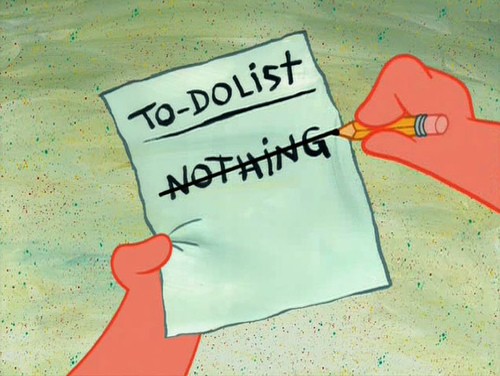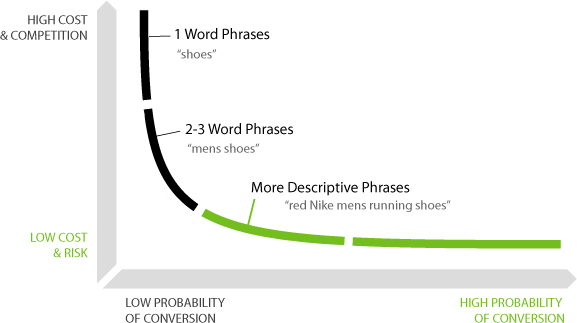What is a Keyword?
A keyword is a search term that a user types into a search engine when looking for something, the search engine then returns the most relevant results based on the search term. If you don’t have the keywords that people are looking for you simply won’t be found. It’s your job to show the search engine that your keywords are the most relevant for those search terms; a solid keyword strategy is going to be an integral part of this process. By having one in place you will attract quality traffic to your website.
It’s more important than having your webpage simply showing up in search engines. You need to be thinking about click through rate, retention and conversion. You also want to provide relevant and interesting content that will engage users and keep them coming back.
Remember → Relevancy = Success
Where to find Keywords?
1. Hubspot Keyword SEO Tool (Paid) – http://www.hubspot.com/products/keyword-grader/
This tool offers fantastic data on your keywords, how they rank and those of your competitors. It analyses the data and makes recommendations on how you can improve your keywords and make them more relevant. We recommend this tool for anyone that is serious about improving their SEO.
2. Google Keyword Tool (Free) – https://adwords.google.com/o/KeywordTool
You can use the advanced features to get some more detailed information. For example, you can select keywords in different languages or you can exclude certain terms. Term exclusion is great when your key term is a generic term and you want to exclude words which do not match your needs. Let’s say you sold Java Coffee you would want to exclude terms to do with the Java Programming Language as well as the Indonesian island of Java.
You can also plug in your website URL and let Google show you what it thinks your website is relevant for. It’s an opportunity to see what search terms your content shows up for. It’s useful for letting you know where your site content should be refined in terms of keywords. You may think that your site is all about Home Brewing Beer but Google may not see it that way.
3. A team brainstorm – Don’t be afraid to get a round table discussion going to eek out extra keywords. Jimmy the Intern may very well be a gold mine of new avenues to explore!
4. Good old fashioned Thesaurus – Dust off the thesaurus, or if you don’t have one check out thesaurus.com to spark some new ideas.
5. Rinse & Repeat – Keep exploring new concepts. Continual optimisation is always a good mind frame to adopt, no matter what the situation.
The Master List
The goal is to build towards ‘The Master List’, that contains all keyword opportunities and is a foundation for SEO optimisation. Refer to this list when you:
1. Create Content
2. Update Content
3. Syndicate Content (i.e. when you create content for third party websites that will link back to your site.)
4. When you Post to Social Media Channels
5. Type Anything!
Over time your list is going to get HUGE, upwards of 10,000 keywords is quite common. You’re going to need to keep things organised before you get swamped in a sea of synonyms. A good idea is to break them up into a theme. As well as helping to keep things organised you will also start to see relationships and commonalities that will help to strengthen your SEO copy.
Use the Long Tail
If you sold shoes you might think at first glance that you should focus on general terms like ‘shoes’, ‘trainers’ etc. However, this isn’t the case. You should really pay attention to the long tail of your keywords. More descriptive words won’t be as lucrative in terms of traffic but are highly beneficial. For example, ‘red Nike men running shoes’ is more likely to show up in the search engine results and the consumer is more likely to convert.
– General terms have a large potential audience but are highly competitive and have low conversion rates.
– Long tail terms (i.e. the more numerous and less common) have:
- Lower Competition
- Clearer Visitor Intent
- A greater chance of success
That’s Part 1 of our look at developing a keyword strategy. We’ll show you how to use these Keywords more effectively in a later post. Follow our blog and you won’t miss out on Part 2!
Thanks for reading and stay in touch with us!
Visit our website – www.woahsolutions.com
Twitter (@WoahSolutions)
Facebook (Facebook.com/WoahSolutions).
– John Byrne
www.linkedin.com/in/byrnejohn
– Mark Byrne
www.linkedin.com/in/byrnemark




